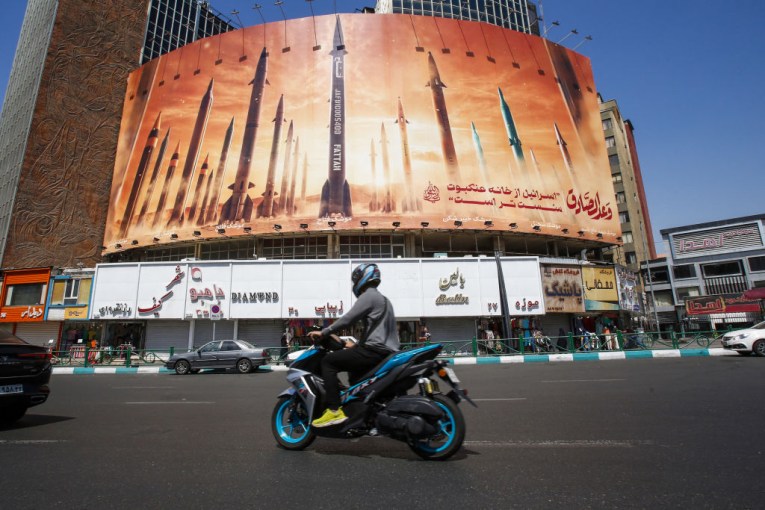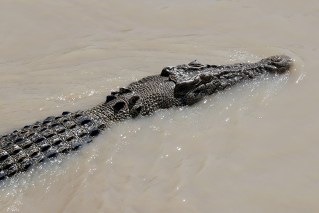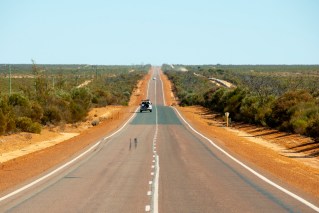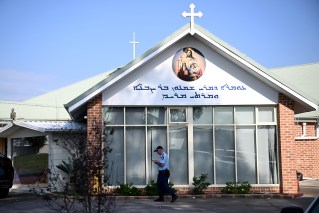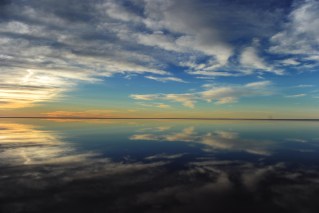Australia’s population surpasses 24.5 million, according to ABS


The ABS says we're adding about 2000 people a day, 350,000 a year and just over a million every three years. Photo: Getty
Australia’s official population clock has ticked over 24.5 million, putting us well on the way to reach 40 million by the middle of the century.
We reached the milestone at around lunchtime on Friday, assuming the clock is correct.
The Australian Bureau of Statistics currently believes our population is increasing by one person every one minute and 22 seconds, meaning we add about 1000 people a day, 350,000 a year and just over a million every three years.
The clock struck 24 million in February last year and, if the ABS doesn’t change its estimate, it will reach 25 million in October 2018.
The numbers are based on a projection calculated using births and deaths data from the ABS, and migration figures from the Department of Immigration and Border Protection.
Net overseas migration, the difference between arrivals and departures, accounts for just over half (55 per cent) of total growth. The rest is natural increase: the difference between births and deaths.
Most of our migrants come from China, the United Kingdom and India.
New South Wales, which houses about 30 per cent of Australia’s population, attracts almost 40 per cent of migrants, while Victoria with around 25 per cent of the nation’s population, attracts roughly 35 per cent. The vast majority settle in either Sydney or Melbourne.
Overall, Victoria is growing the fastest, followed by NSW and Queensland.
Australia’s statistics bureau predicts that the national population will reach 32.4 million by 2036 and 39.8 million by 2056.
Most of that growth is expected to be in the big cities, with Sydney increasing from almost five million in 2016 to 6.6 million in 2036 and to 8.12 million in 2056, and Melbourne growing from 4.6 million in 2016 to 6.4 million in 2036 and to 8.16 million in 2056.
Some experts are concerned that a continued population explosion will wear away at the nation’s ageing infrastructure and exact a heavy price on the environment.
Former Treasury secretary Ken Henry recently told the ABC that infrastructure investment was essential for a successful immigration program.
“Population growth, if it’s not supported by the right sort of infrastructure, will stress human amenity. And we see that in the cities at the moment, through congestion: very long commute times for people in Sydney and Melbourne in particular,” Mr Henry said.
“Typically our infrastructure investment has lagged behind population growth.
“Affordable housing and energy — the ability of governments to be able to say to their citizens that we can ensure that you’re going to have continued reliable access to those things depends critically upon the quality of the infrastructure.”
The ABS currently assumes there’s a birth every one minute and 40 seconds, a death every three minutes and 18 seconds and a net gain of one migrant every two minutes and 18 seconds.
But the ABS has been wrong before. Back in 1999, the bureau thought our current population would be 2.95 million less than it is now.
When it releases some of the latest census data on Tuesday, the ABS may revise its population clock estimates. It may even drop its estimate below 24.5 million, so the new record could be short-lived.
